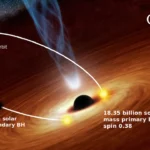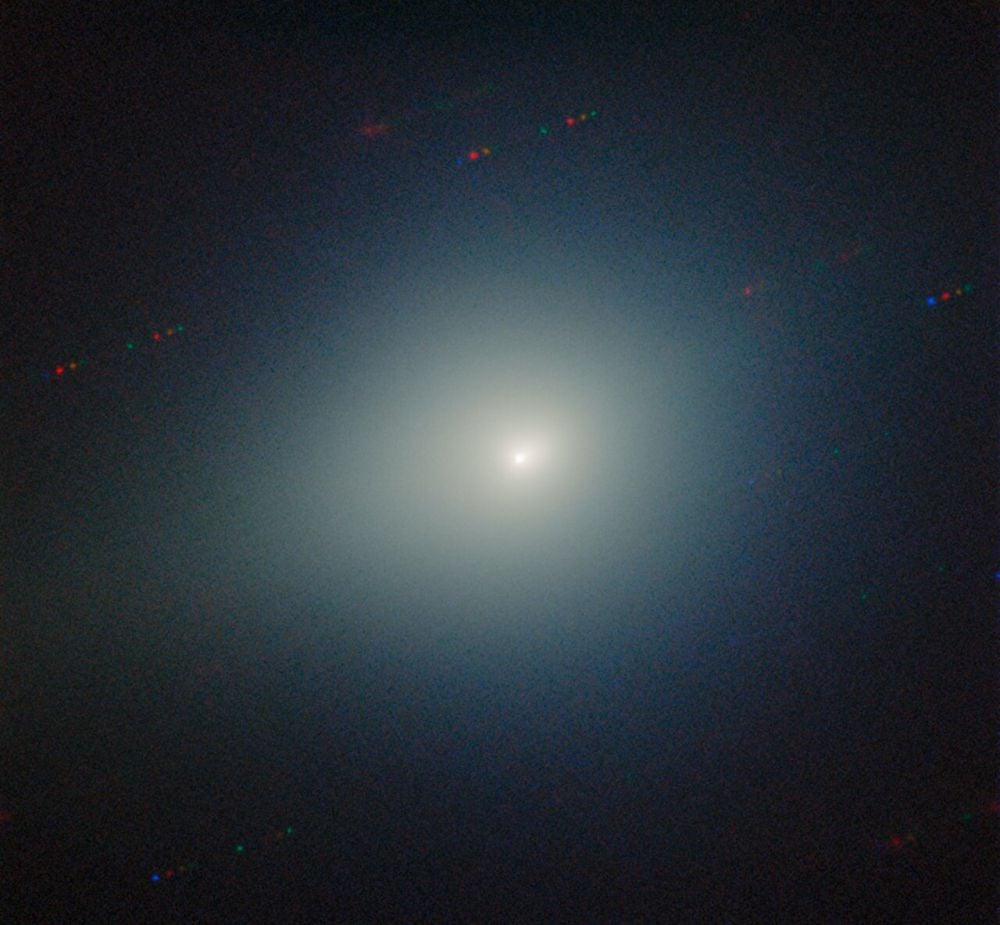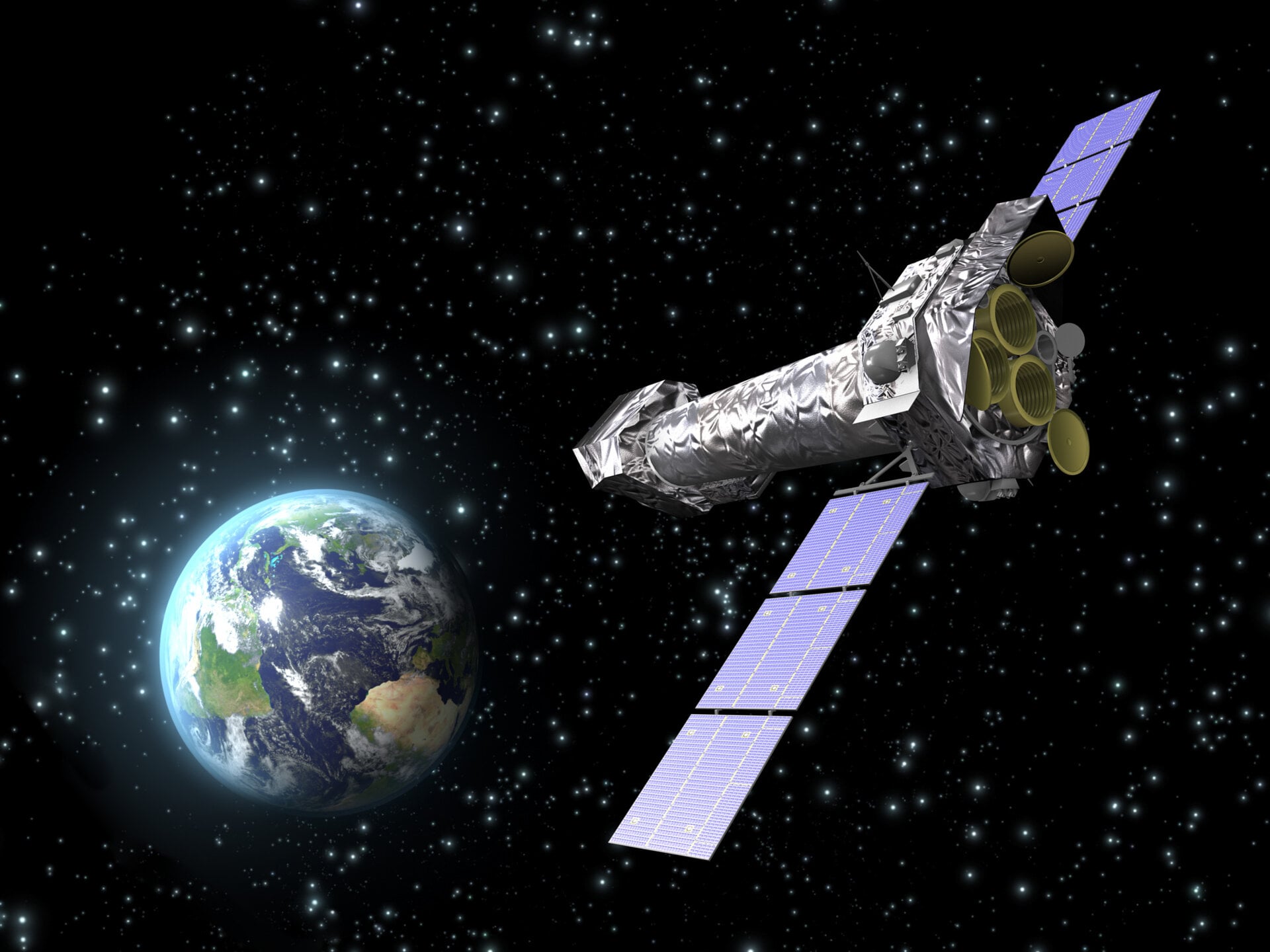Yes the darkest day of the year is here, but that means brighter days are ahead. Sunday is the shortest day of the year north of the equator, where the
For decades, science fiction writers have tried their best to prepare us for eventual contact with aliens. Their efforts are dominated by several recurrent tropes. There’s the invasion by a
The US Senate on Wednesday approved President Donald Trump’s re-nomination of billionaire Jared Isaacman to head NASA, following months of backtracking and uncertainty over the space agency’s future.
Gemini North captured new images of Comet 3I/ATLAS after it reemerged from behind the Sun on its path out of the Solar System. The data were collected during a Shadow
Everyone’s favorite interstellar comet posed for one more portrait recently. The European Space Agency’s XMM-Newton mission nabbed 3I/ATLAS on December 3rd from about 283 million kilometers distant. This comes as
In astronomy, there is a concept called “degeneracy”. It has nothing to do with delinquent people, but instead is used to describe data that could be interpreted multiple ways. In
Southwest Research Institute’s novel Compact Dual Ion Composition Experiment (CoDICE) instrument aboard NASA’s Interstellar Mapping and Acceleration Probe (IMAP) spacecraft has successfully collected first-light data. IMAP launched in September to
The Atacama Large Millimeter/Submillimeter Array (ALMA) in the Chilean Andes is one of the most powerful radio telescope facilities in the world. Researchers use it to study dark and distant
Clockwise from left, JAXA (Japan Aerospace Exploration Agency) astronaut Kimiya Yui and NASA astronauts Jonny Kim, Zena Cardman, and Mike Fincke pose for a playful portrait through a circular opening
When we gaze up at the night sky, we assume that what we’re seeing is a representative population of similar stars at similar distances. But it’s not. The stars we
-
 01From Polymerization-Enabled Folding and Assembly to Chemical Evolution: Key Processes for Emergence of Functional Polymers in the Origin of Life
01From Polymerization-Enabled Folding and Assembly to Chemical Evolution: Key Processes for Emergence of Functional Polymers in the Origin of Life -
 02Panasonic Leica Summilux DG 15mm f/1.7 ASPH review
02Panasonic Leica Summilux DG 15mm f/1.7 ASPH review -
 03How New NASA, India Earth Satellite NISAR Will See Earth
03How New NASA, India Earth Satellite NISAR Will See Earth -
 04And Thus Begins A New Year For Life On Earth
04And Thus Begins A New Year For Life On Earth -
 05Astronomy Activation Ambassadors: A New Era
05Astronomy Activation Ambassadors: A New Era -
06SpaceX launch surge helps set new global launch record in 2024
-
 07Two Black Holes Observed Circling Each Other for the First Time
07Two Black Holes Observed Circling Each Other for the First Time








